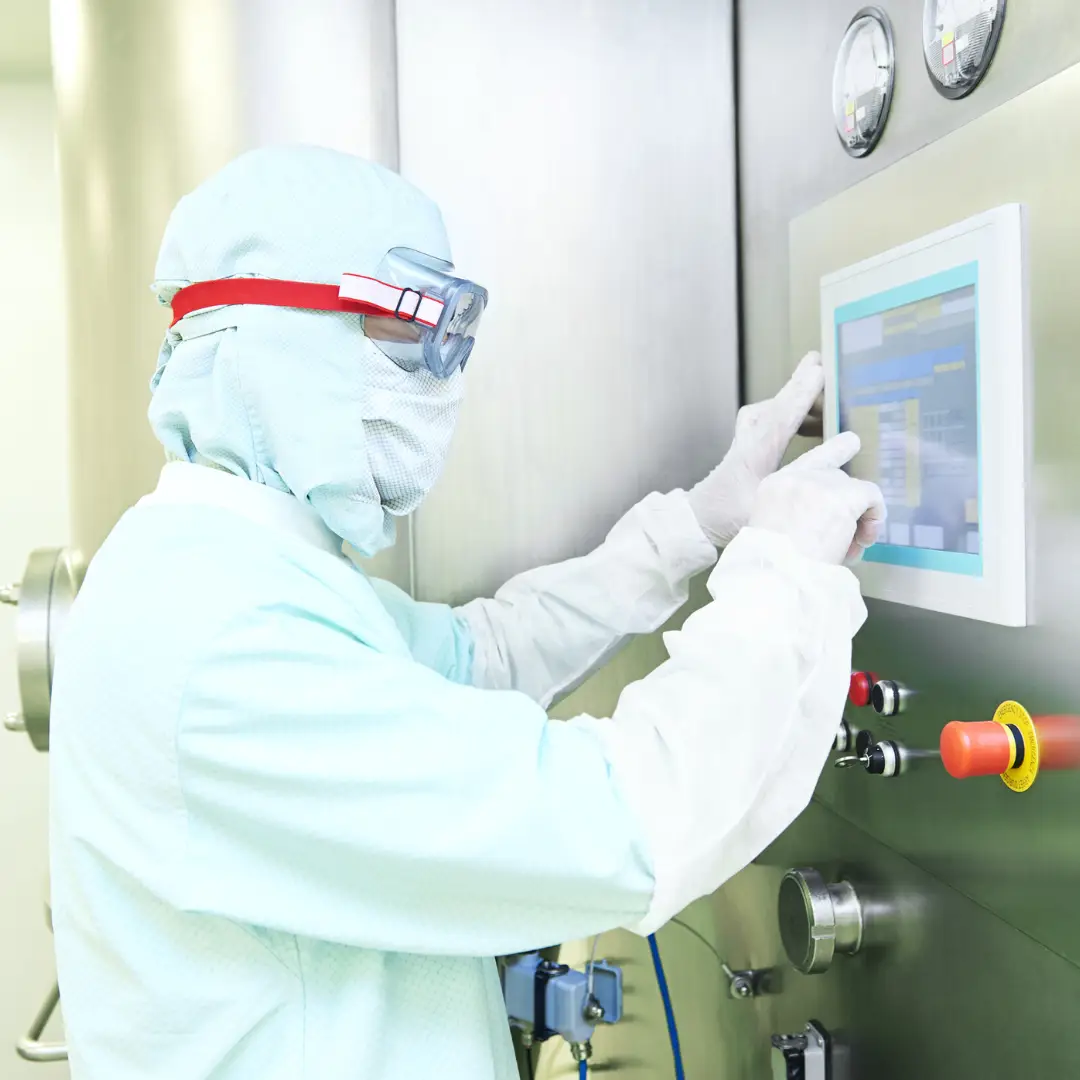Mastering Sterile Gowning Procedures: A Critical Step in Aseptic Manufacturing
Sterile gowning is a fundamental practice in aseptic manufacturing, ensuring that personnel do not compromise the sterile environment with contaminants. Proper gowning minimizes the risk of microbial and particulate contamination, protecting both the product and the patient. This blog highlights the importance of sterile gowning, step-by-step procedures, and best practices to maintain compliance with Good Manufacturing Practices (GMP).
Why is Sterile Gowning Important?
The human body is one of the largest sources of contamination in cleanrooms. Particles, skin cells, and microbes can compromise aseptic processes. Sterile gowning creates a barrier between personnel and the controlled environment, helping to maintain sterility and meet regulatory requirements.
Step-by-Step Sterile Gowning Procedure
- Pre-Gowning Preparation
- Personal Hygiene: Ensure proper hygiene before entering the cleanroom, including showering and removing jewelry or cosmetics.
- Initial Garb: Wear basic cleanroom attire, such as a hair cover, face mask, and shoe covers, in the gowning area’s ante-room.
- Enter the Gowning Area
- Enter the controlled environment following unidirectional flow principles, ensuring minimal particle disturbance.
- Donning Sterile Gowning Attire
- Hair Cover/Beard Cover: Ensure all hair is completely covered, including facial hair if applicable.
- Face Mask: Wear a mask that fits securely over the nose and mouth.
- Hood (if applicable): Place the hood over the head and neck, ensuring complete coverage.
- Coverall: Step into the sterile coverall one leg at a time, avoiding contact with the floor or other non-sterile surfaces. Secure it at the neck, wrists, and ankles.
- Boot Covers: Don boot covers while seated, ensuring that the cover extends over the coverall’s legs. Use a step-over bench if present.
- Sterile Gloves: Wear sterile gloves, ensuring they overlap the coverall cuffs for a complete seal. Disinfect gloves with sterile alcohol after donning.
- Final Check
- Inspect the gowning for tears, loose ties, or exposed skin. Correct any issues before entering the cleanroom.
Best Practices for Sterile Gowning
- Follow Gowning Order: Adhere to the specified sequence to prevent contamination at each step.
- Minimize Movement: Move carefully while gowning to avoid particle shedding.
- Proper Training: Ensure personnel are thoroughly trained in gowning techniques and understand the rationale behind each step.
- Routine Monitoring: Conduct regular cleanroom audits to observe gowning practices and identify areas for improvement.
- Environmental Monitoring: Periodically test gown surfaces for microbial contamination to verify gowning effectiveness.
Common Mistakes to Avoid
- Touching Non-Sterile Surfaces: Ensure gloves and gown remain uncontaminated by avoiding contact with non-sterile items.
- Improper Glove Donning: Overlap gloves with the gown to eliminate gaps that can expose skin.
- Rushing the Process: Take the necessary time to gown properly, as haste can lead to errors.
Regulatory Expectations
Sterile gowning is a critical focus during GMP inspections by regulatory authorities like the FDA and EMA. Non-compliance can result in observations, warning letters, or even production shutdowns. Key points inspectors often evaluate include:
- Gowning procedures and adherence.
- Training records for personnel.
- Environmental monitoring data for gown integrity.
Conclusion
Proper sterile gowning is non-negotiable in aseptic manufacturing. It is a skill that requires rigorous training, attention to detail, and a commitment to quality. By following the outlined procedures and best practices, pharmaceutical companies can minimize contamination risks and maintain GMP compliance.
Need Training on Aseptic Techniques?
Avitsena offers expert training on sterile gowning and aseptic manufacturing practices to help your team excel in compliance and product safety. Reach out today!


